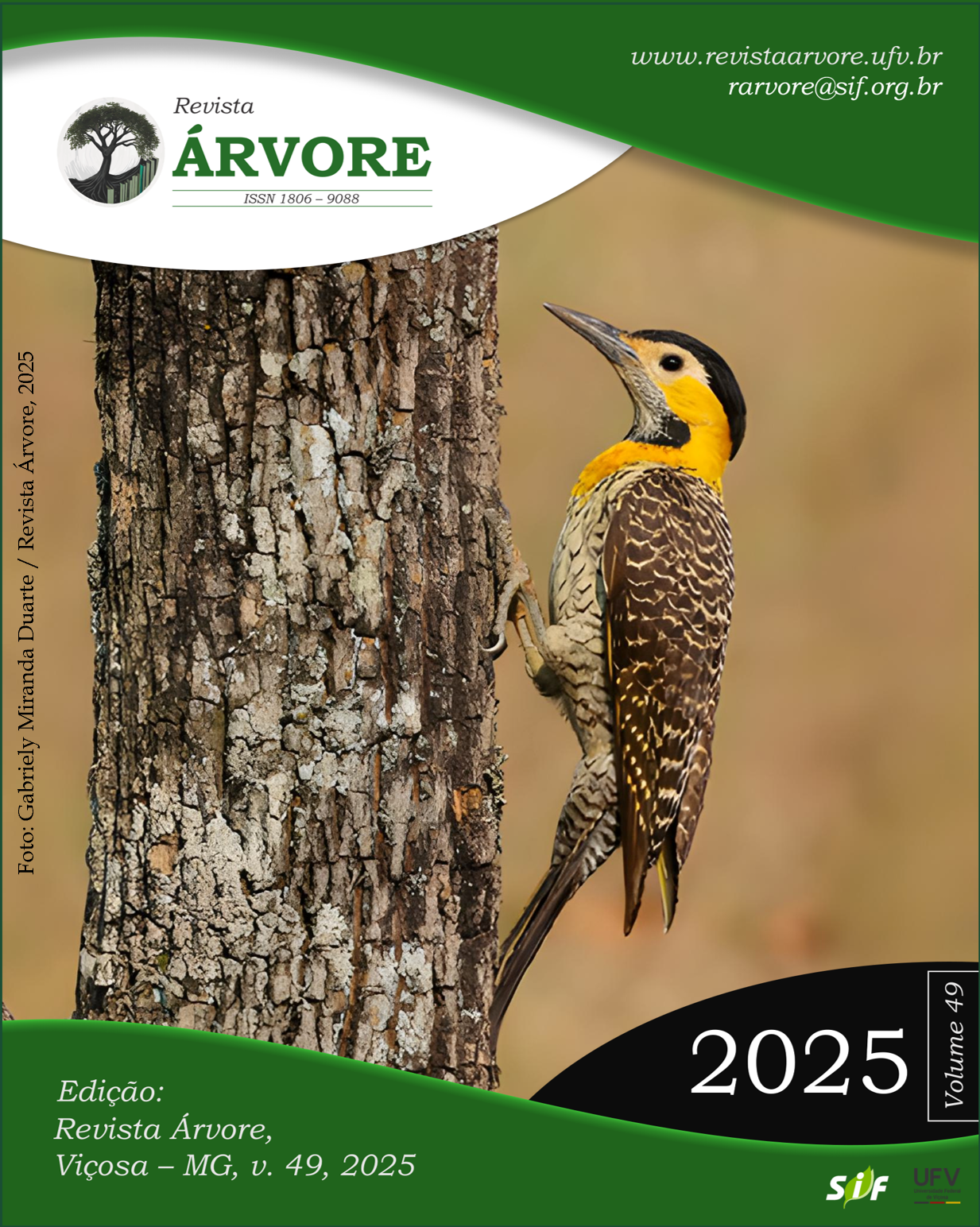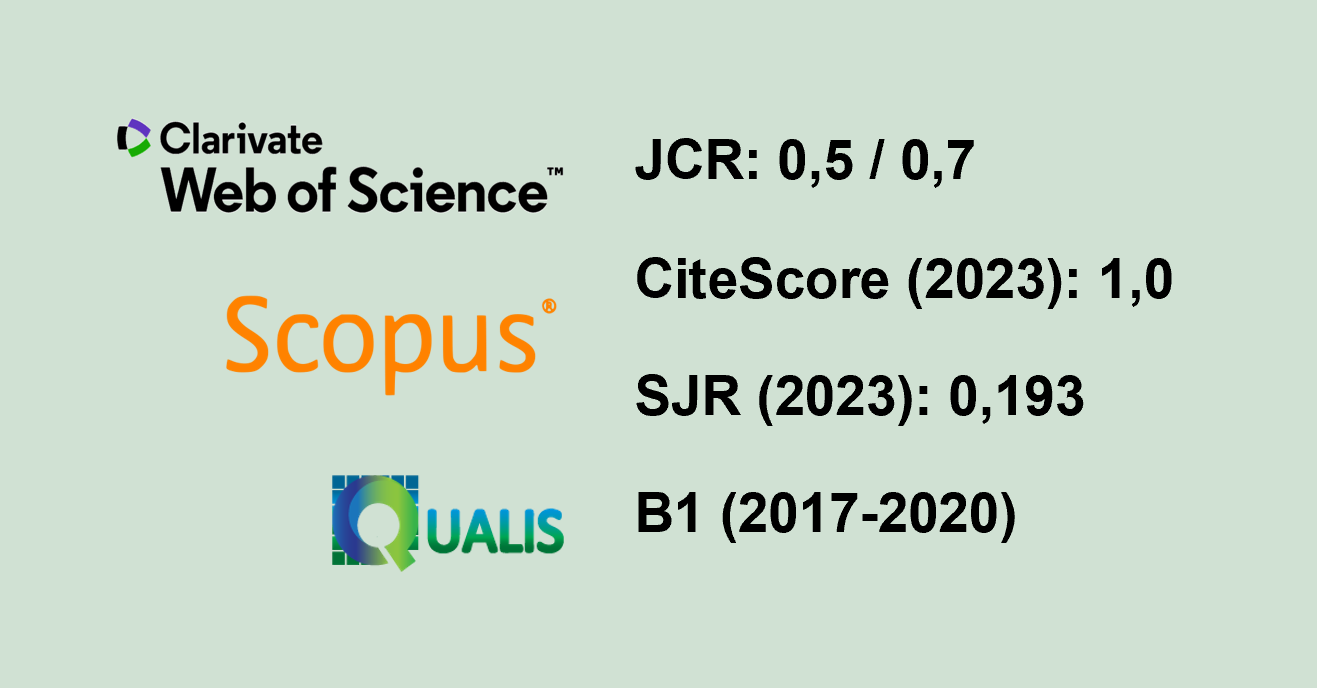A Correlation between the kappa number and the Ventorim index in the bleaching process
DOI:
https://doi.org/10.53661/1806-9088202549263846Keywords:
Bleaching, Kappa number, Ventorim bleaching indexAbstract
The determination of the kappa number in the bleaching process is typically conducted with a pulp quantity between 3 and 4 grams, allowing for the calculation of values above four. However, after the oxidative extraction stage with hydrogen peroxide, the pulp presents a kappa number lower than this value. Therefore, the present study proposes a new method for determining the kappa number by creating the Ventorim bleaching index, which avoids the inconveniences associated with traditional kappa number analysis. For this study, industrial oxygen-delignified pulp was used. Four different ECF bleaching sequences were performed: OD(E+P)DD, OAD(E+P)DP, OADEDP, and OAEDP, along with the determination of the kappa number and the Ventorim bleaching index. The Ventorim index was based on the four chlorine-free bleaching sequences (ECF), all of which achieved a final brightness of 90% ISO, with very similar R² values and linear regressions. Consequently, a single equation was generated using all the data: Y=0.7202x+0.1464. This unified approach simplifies the analysis and broadens the applicability of the Ventorim bleaching index in the pulp and paper industry.
Keywords: Bleaching; Kappa number; Ventorim bleaching index
Downloads
Published
How to Cite
Issue
Section
License
Copyright (c) 2025 Revista Árvore

This work is licensed under a Creative Commons Attribution 4.0 International License.
All authors agreed to submit the work to Revista Árvore and granted the exclusive license to publish the article. The authors affirm that it is an original work and has not been previously published elsewhere. The scientific content and opinions expressed in the article are the sole responsibility of the authors and reflect their opinions, not necessarily representing the opinions of the editorial board of Revista Árvore or of the Society of Forest Investigations (SIF).








